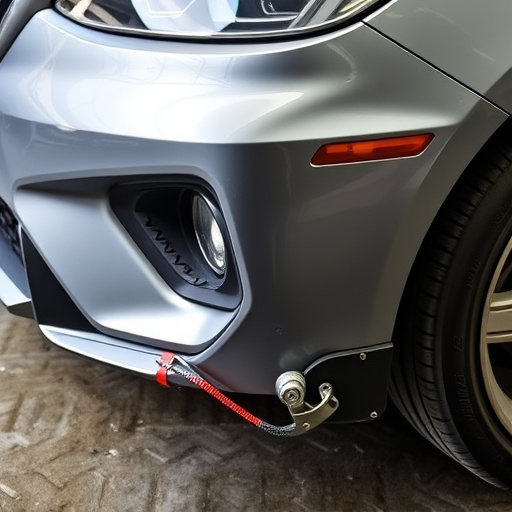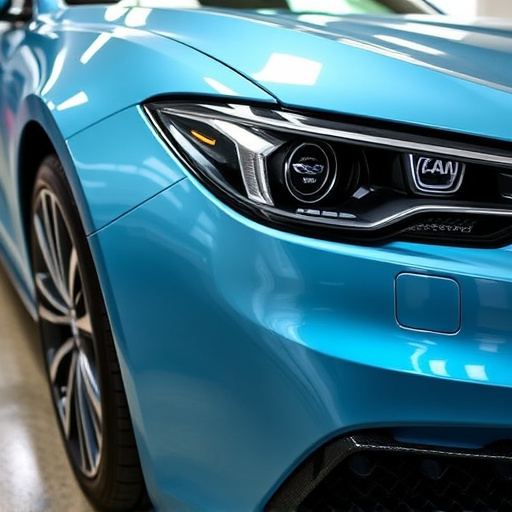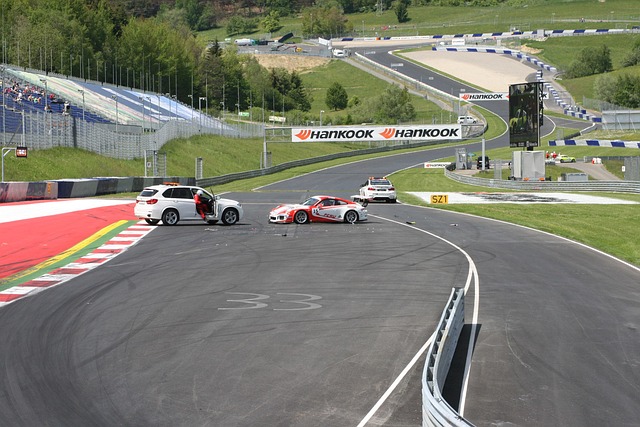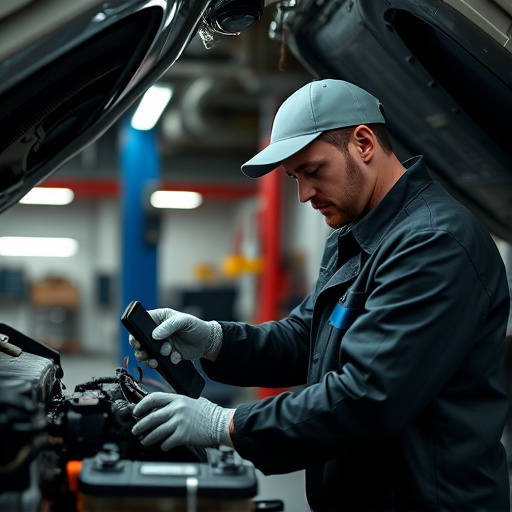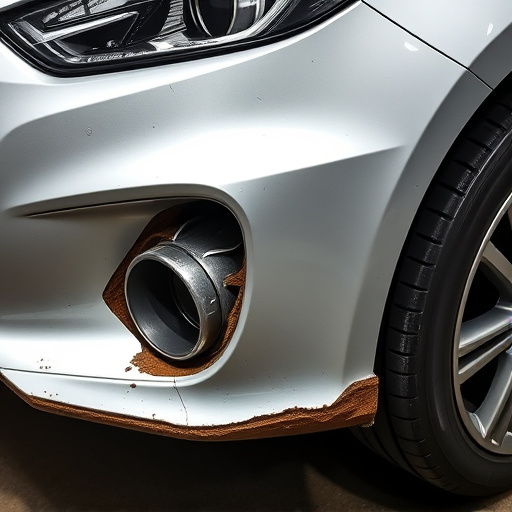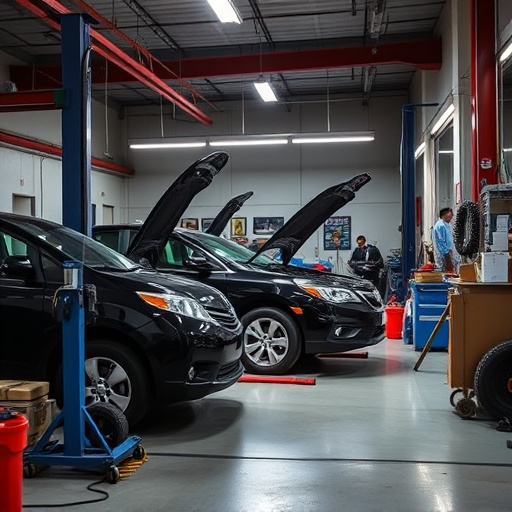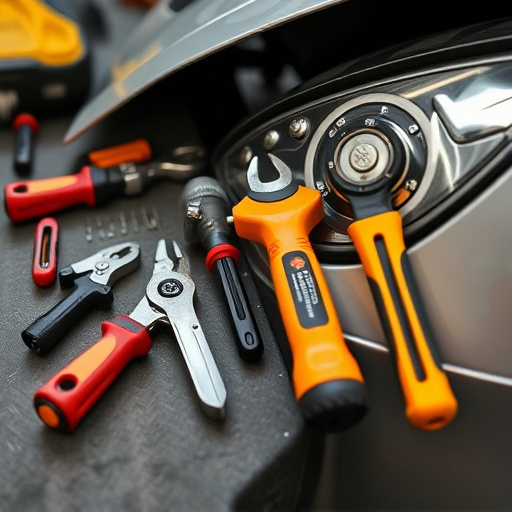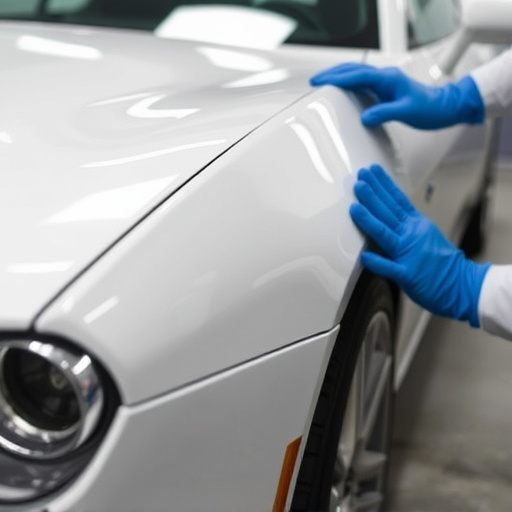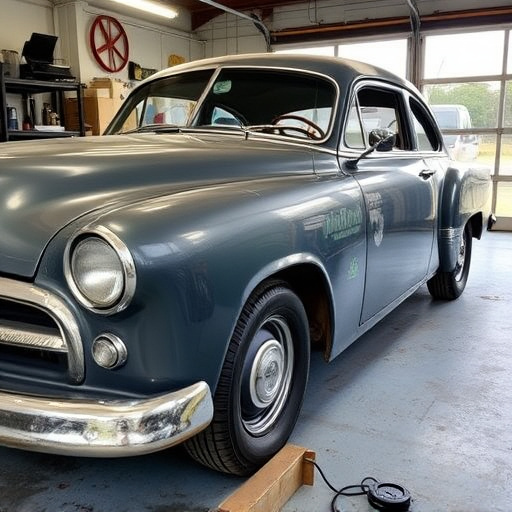High-end vehicle collisions pose unique challenges due to advanced engineering and specialized safety systems. Repairs require skilled technicians and advanced technology to maintain historical integrity and value. These vehicles prioritize occupant safety with state-of-the-art airbags, crumple zones, and collision avoidance systems. Post-collision analysis is crucial for improving automotive safety standards by identifying weaknesses and design flaws through crash test data.
High-end vehicles, with their advanced technology and luxury features, face unique challenges in collision scenarios. This article delves into the intricate relationship between collision impacts and high-end vehicle performance and safety. We explore how specialized safety features mitigate damage and enhance passenger survival. Additionally, we analyze post-collision outcomes to drive design improvements, ensuring these vehicles maintain their reputation for excellence even after unforeseen events. Understanding these factors is crucial for navigating the complex landscape of high-end vehicle collisions.
- Understanding the Unique Challenges of High-End Vehicle Collisions
- Advanced Safety Features: Mitigating Impact and Enhancing Survival
- Post-Collision Analysis: Evaluating Performance and Improving Design
Understanding the Unique Challenges of High-End Vehicle Collisions
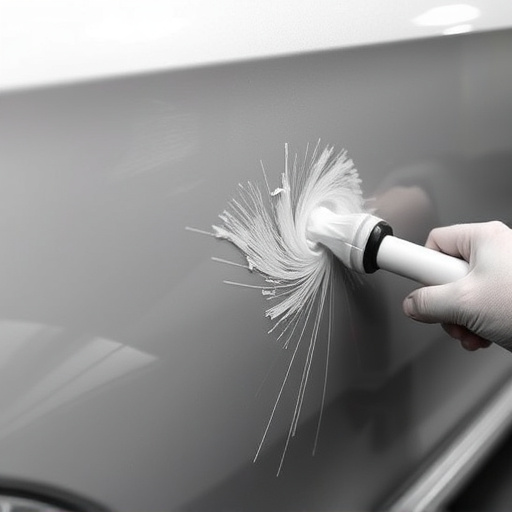
High-end vehicles, with their sophisticated engineering and cutting-edge technology, face unique challenges when involved in collisions due to several factors. These include advanced safety features designed for protection, which can also complicate repair processes. Modern high-end cars often have intricate body panels and complex paint jobs, requiring meticulous attention during the restoration process. Unlike everyday vehicles, where crash damage might be more straightforward, a high-end vehicle collision may necessitate specialized skills and equipment for proper repair, such as laser alignment technology and computer-aided design (CAD) systems.
Additionally, classic car restoration plays a significant role in preserving the vehicle’s historical value and aesthetic integrity. In the event of a crash, experienced technicians must carefully assess and address any damage to ensure minimal disruption to the car’s original design. This delicate process involves not just repairing structural damage but also meticulously fixing any scratch repair or car paint repair needed to restore the vehicle’s pristine condition, without compromising its safety performance.
Advanced Safety Features: Mitigating Impact and Enhancing Survival
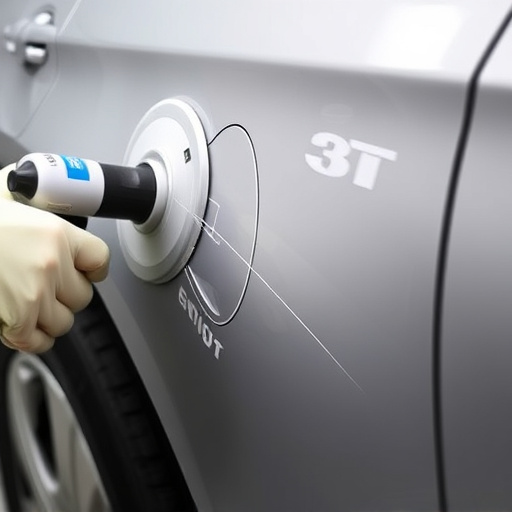
High-end vehicles are equipped with advanced safety features designed to mitigate the impact of collisions and enhance survival rates for occupants. These features include state-of-the-art airbags, advanced crumple zones, and sophisticated collision avoidance systems. Airbags deploy at precisely calculated moments to protect passengers from severe injuries caused by high-speed impacts. Crumple zones, engineered to absorb and distribute crash forces, help prevent the vehicle from crumpling in on itself, offering more space for occupants and reducing internal damage.
Collision avoidance systems use sensors to detect potential hazards and alert drivers, or even apply brakes automatically to prevent accidents. These technologies play a pivotal role in enhancing safety during high-end vehicle collisions, where every second counts. Efficient hail damage repair, fender repair, and car dent removal services are crucial to restore not just the aesthetics but also the structural integrity of these vehicles post-collision, ensuring they continue to provide optimal safety features for their occupants.
Post-Collision Analysis: Evaluating Performance and Improving Design

Post-collision analysis plays a pivotal role in understanding the impact of high-end vehicle collisions and is an essential step in enhancing safety and performance. After a crash, detailed examinations are conducted to assess the damage and identify areas for improvement. This process involves meticulous scrutiny of the vehicle’s structure, components, and systems to determine their response during and after the collision. By analyzing data from crash tests, researchers can pinpoint weaknesses and design flaws, leading to significant advancements in automotive safety standards.
Additionally, this analysis guides car repair shops and manufacturers in developing effective auto body services and strategies for scratch repair. It encourages the implementation of innovative technologies and materials that can better absorb energy during a collision, reducing the risk of severe injuries. As the industry continues to evolve, post-collision studies ensure that high-end vehicles are designed with enhanced safety features, making them more resilient and reliable in the event of an accident.
High-end vehicles, with their advanced performance capabilities, face distinct challenges during collisions. Understanding these unique dynamics is crucial for enhancing safety and survival in such incidents. By leveraging advanced safety features, automakers can significantly mitigate impact forces, protecting occupants and improving outcomes. Post-collision analysis plays a vital role in evaluating vehicle performance and driving design improvements that further safeguard drivers and passengers in high-end vehicle collisions.
